2025 Milton Fisher Scholarship for Innovation and Creativity Winners
Winning proposals ranged from a YouTube channel focused on banned books and their authors, to a 3D printing model to aid in disaster relief.
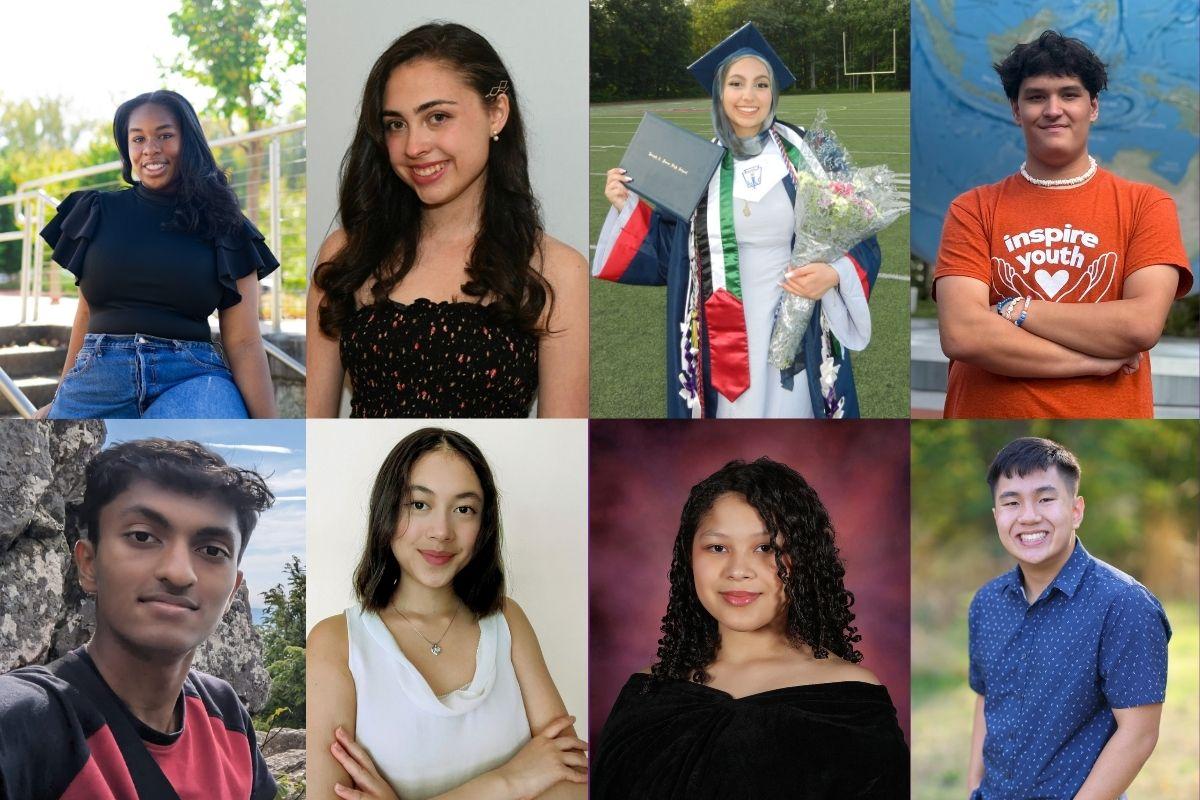
New Haven, Conn. (Sept. 18, 2025) - The Community Foundation for Greater New Haven is pleased to announce eight winners of the 2025 Milton Fisher Scholarship for Innovation and Creativity. These students developed thoughtful solutions to real-world problems in their communities. Ten high school students also received honorable mention awards for their proposals.
Scholarships were awarded to the candidates who demonstrated significant innovation and whose projects have the greatest potential impact. The winners were recognized for projects involving the arts, science, technology and social action. Scholarship awards range from $4,000 to $20,000 per year, and are renewable for up to four years.
Scholarship Recipients
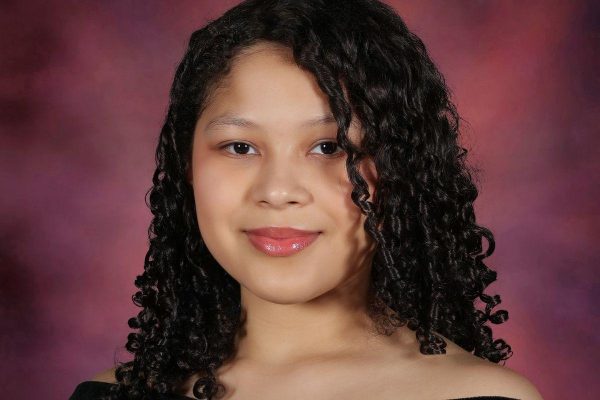
Amberly Cortorreal
Morris Academy for Collaborative Studies, Bronx, NY
Growing up as the child of a single immigrant parent from the Dominican Republic, Amberly witnessed how the lack of information and resources created barriers for Hispanic students to apply for and obtain college scholarships, perpetuating cycles of educational inequality. To address this issue Amberly created NuevaAltura.org, a bilingual web platform connecting Hispanic students to scholarships and mentorship. Since its inception, students from Amberley’s community have accessed over $50,000 in scholarship funds. She plans to expand the platform to include resources for career development and legal advocacy. Amberley will pursue a degree in Political Science at New York University.
Amogh Ganjikunta
Fairfield Warde High School, Fairfield, CT
Troubled by the fact that many times educational technology does not address classroom needs because it is not designed by the people who understand those needs best, Amogh created EducateHacks, an innovative hackathon platform that enables students to design educational technology solutions with direct input from teachers. Over four years, EducateHacks has grown from a local event to a large student-run educational technology hackathon, with 5,200+ participants across seven events who've collectively created 800+ educational tools. Amogh is majoring in Computer Science and Economics at Harvard University.
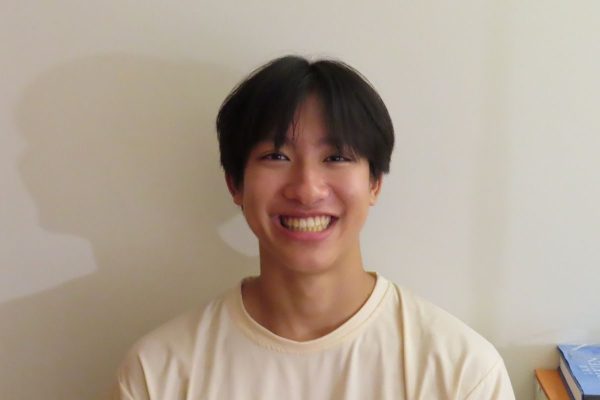
Christopher Lau
Queens High School Language Studies, Flushing, NY
With the growth of book censorship, and the banning of his favorite picture book, Christopher created Unban Coolies, a YouTube platform that raises awareness about banned books. Unban Coolies includes over 50 interviews that Christopher held with authors whose books have been banned or challenged, as well as features about librarians, civil rights leaders, and free speech advocates. Unban Coolies has also reached young people who don’t feel connected to books, but who will watch a story unfold in video form and as a result, get excited about reading. Christopher plans to attend New York University and study biology and business.
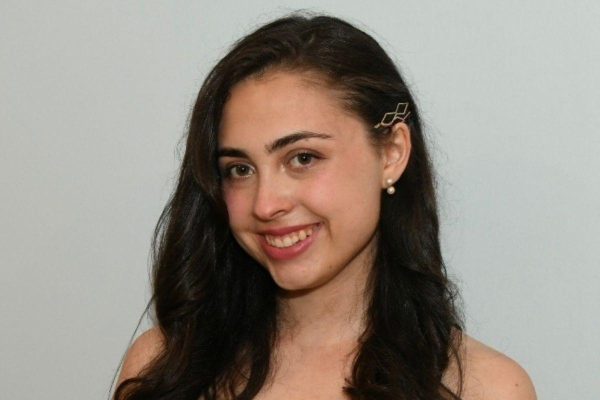
Ashley Malkin
Greenwich High School, Greenwich, CT
Ashley’s passion about researching and developing cutting edge technology to combat neurological disorders led her to become aware of how much the blood-brain barrier (BBB) presents major challenges in administering drug therapies for neurological disorders. She leveraged her machine learning and computational neuroscience background to create a different type of machine learning model for BBB permeability - one that predicts the likelihood of polymer rather than drug permeability. Her research created the first known machine learning model to do this, achieving 93% accuracy. It identified a specific material called ammonio methacrylate (AM) as the top candidate to transport drugs into the brain. Ashley plans to attend Stanford University and major in Symbolic Systems
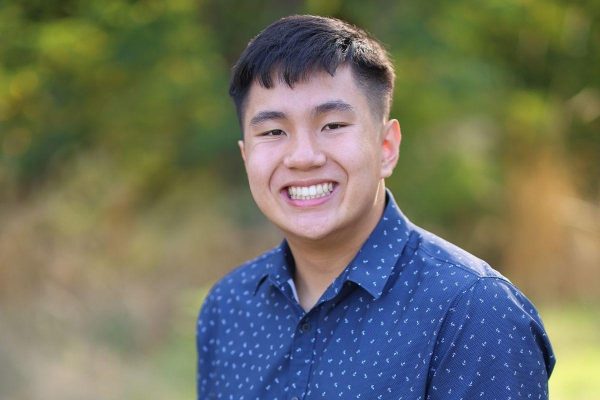
Brandon Nguyen
Curtis Senior High, University Place, Washington
Brandon has always been fascinated by education, specifically the direct correlation between positive learning outcomes and teaching methods that inspire and engage students. To motivate students to interact more with math materials, he developed Math Masters, a gamified educational application centered around interactive games, competitions, and group work for the study of Algebra 1. Mirroring the structure of a videogame, as students' progress through Math Masters, they can compete with their friends and earn points and virtual cash. Also, teachers can alter games to fit their curriculum and suit student needs. Math Masters has already been implemented in four high schools and one community college across the state of Washington, reaching 18+ educators and impacting more than 400+ students. Brandon plans to attend Yale University and study Economics or Biology.
Nikhil Petrov
Amity Regional High School, Woodbridge, CT
Interested in controlling Varroa destructor mites, a devastating parasite affecting 55.7% of US beehives, in an environmentally friendly fashion, Nikhil designed a novel, remotely controlled spray mechanism that delivers an ecofriendly entomopathogenic fungal miticide inside beehives. Working with a USDA entomologist mentor, Nikhil developed a solution combining fungal spores with water and an emulsifier to create a substance with oil-spray properties. This naturally occurring fungus effectively eliminates Varroa mites while remaining completely safe for bees and humans, addressing a critical gap in current treatment options. Nikhil plans to study Environmental Science and Business Administration at the University of Southern California.
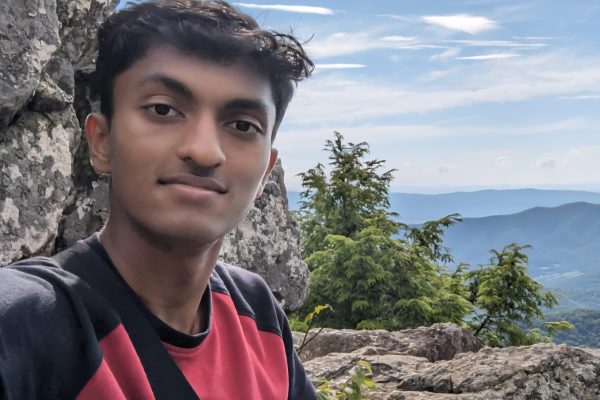
Aadharsh Sakkaravarthy
John P. Stevens High School, Edison, NJ
After a fire devastated the home of someone close to him, and Aadharsh witnessed the struggles the family faced living in a car until they could find alternative housing, Aadharsh wondered how modular buildings that are rapidly assembled could provide disaster relief housing. Realizing that the connectors or interlocking modular joints used to assemble modular buildings were often expensive and wasteful, Aardharsh designed a 3D interlocking join model to make modular buildings faster to build, cost-effective, and more sustainable Aadharsh plans to pursue a degree in Architecture at the New Jersey Institute of Technology.
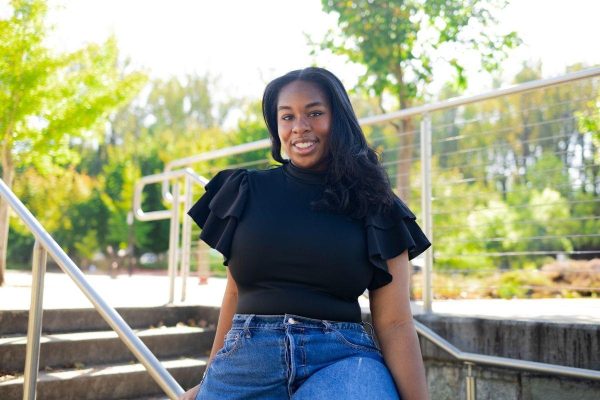
Morgen Thompson
Holton-Arms School, Bethesda, MD
Concerned that individuals are not aware of what is being censored in their own communities due to fragmented and outdated information, Morgen created a location-based system and method for searching for banned works, providing detailed reasons for the bans and the cultural and legal contexts that shaped them, and offering information on where to access banned works locally. Built for scalability across web and mobile platforms, the system integrates geocoding, real-time GPS data, adaptive filtering, and a dynamic database architecture that aggregates information from public, private, and crowdsourced collections. Morgen’s system was designed to ensure that no one navigating censorship is left uninformed or isolated. Morgen plans to attend Columbia University and study Film and Media Studies and English.
Honorable Mentions
Jessenia Abrego
New Rochelle High School, New Rochelle, NY
Saddened by the increasing amount of pollution on the beach behind her grandparent’s house in Mexico, Jessenia designed a water cleaning robot to collect plastic waste from bodies of water. Unlike similar robots that already exist but are either too expensive or too complex for the average resident to purchase and use, Jessenia’s robot, which she named Not-Wall-E, is affordable and replicable. Information on how to build Not-Wall-E is available on the web, making this environmental cleanup technology accessible to all. Jessenia plans on majoring in Mechanical Engineering at Purdue University.
Gavin Andrade
Union County Magnet High School, Union, NJ
Like his high school peers, Gavin wanted to volunteer to make a difference in his community and to obtain mandated service hours in order to graduate. However, he was challenged to find a way to get started. Most web platforms focused on volunteering were outdated, made for adults, or too overwhelming to navigate. To address this issue, he started Inspire Youth NJ, a student-led nonprofit that connects high schoolers with meaningful volunteer opportunities across the state. Gavin also built an interactive platform where members register for group volunteer events in a single click and connect through a built-in social networking hub. Gavin plans to study Entrepreneurship with an intended minor in Management Information Systems at the University of Delaware.
Christina Cao
Hopkins School, New Haven, CT
As Christina Cao increased her use of AI models, she began noticing that AI often made up facts or was biased towards certain communities. Working with a professor at Fairfield University, she helped develop a novel method to detect and quantify bias in AI models by incorporating confidence levels into stereotype evaluation metrics. Together they wrote a research paper which was published by the American Society for Engineering Education. Christina also presented the paper alongside university professors and industry researchers at the 2024 ASEE Northeast Conference and 2024 International Conference on Computer Technology & Information Science. Christina’s work offers a scalable, adaptable tool for improving the ethicality of Generative AI. She plans on studying Mathematics and Computer Science at the University of Pennsylvania.
Evelyn Caputo
Wantagh High School, Wantagh, NY
Troubled by the growing population of invasive spotted lanternflies in her community and their potential threat to the environment and agriculture, Evelyn started working on a natural solution to limit their infestation. After conducting research, she realized that the milkweed plant contains toxins called cardiac glycosides that could harm the spotted lanternfly. Instead of using unnatural pesticides, Evelyn found that people can begin to combat the lanternfly invasion by planting milkweed around their yards and in areas with a high density of spotted lanternflies. She plans to study Biological Sciences at Cornell University.
Emily DaSilva
Central Magnet High School, Bridgeport, CT
Realizing that many of her high school peers were dealing with mental health issues, but did not have the resources to access support, Emily came up with the idea of sharing various affordable and accessible coping strategies with them. She went to different classes and talked about 10 ways people can take care of themselves. During these presentations, in addition to making students aware of helpful free options that were available to them, Emily provided her peers with journals, stress balls, coloring sheets/pencils, and other items so that they could go home and use these resources to start off a strong journey of self-care, recovery, and wellness. Emily plans on majoring in Biology with a concentration of Pre-Med.
Jason Delevante
University of Saint Joseph, West Hartford, CT
Noticing that the art museum on his college campus was hardly being visited by students, Jason created VisioKey to supplement the museum’s outdated and hard-to-search database. VisioKey is an AI-powered tool that analyzes images in the museum’s collection and automatically generates meaningful searchable keywords. The idea is to help students, faculty, and even guests easily search the database by simply typing in a word like “peace,” “nature,” or “grief” and finding artwork that reflects those themes. What makes VisioKey unique is that it tries to understand the emotion or story behind the art. Jason is majoring in Computer Science.
Carolyn He
Academy for Mathematics, Science, and Engineering, Rockaway, NJ
The average high school uses 2.5M sheets of paper—250 trees’ worth—per year. Using an environmental initiative called A Sustainable Future (ASF), Carolyn set out to mitigate academic printing while facilitating student growth as eco-activists through a two-pronged approach that is now codified in her curriculum. First, students collect data about a school’s paper usage and second, they produce actionable print reduction plans for sustainable, cost-effective printing practices. To date, ASF has helped 97 schools across 12 states save 12M+ sheets of paper—1526 trees’ worth—and over $23,000. Carolyn plans to attend Stanford University and study Data Science and Sustainability.
Youlmin Lee
Amity Regional High School, Woodbridge, CT
Concerned about water contamination from textile production, particularly from dye spillage caused by incomplete filtration, Youlmin engineered an affordable, eco-friendly, and self-sustaining water filtration device using plants to remove carcinogens from water. Specifically, she developed a solar-powered floating phytoremediation device that houses a plant (Oenanthe javanica) for filtration and uses an inner spinning disk to regulate water flow, rotating to optimize methyl red dye removal from water. Youlmin plans to study Environmental Sciences/Biology at the University of Rochester.
Rema Maarouf
Joseph A Foran High School, Milford, CT
To address the fact that high school students in her town harbored stereotypes about the unhoused that may have led several to participate in attacks on this population, Rema co-founded Beth El Youth United, a youth-led organization dedicated to combating stereotypes about homelessness and supporting those in need. In collaboration with Beth-El Center, a local nonprofit that provides shelter and support services to individuals experiencing homelessness and hunger, the group raised money to create care packages for the winter season and purchased lockers in which unhoused people can safely store valuables and belongings. Rema plans to attend the University of Connecticut and major in Psychology.
Sophia Tang
Del Norte High School, San Diego, CA
Troubled by the increase of wildfires due to global warming, particularly in her home state of California, Sophia wondered how to improve predictions of wildfire and air quality emissions. She used new mathematical and statistical models to predict wildfires on a sub-seasonal to seasonal time scale as well as air quality. These models, which included cumulative distribution functions 5 / 23 (CDF) of the normalized Fire Weather (FWI) and Vapor Pressure Deficit (VPD) along with the day-0 Fire Radiative Power (FRP) to predict FRP over the span of 7-14 days, improved predication accuracy by 19.23% while using far fewer computational resources. Sophia presented her research at the American Geophysical Union (AGU) International Conference and was honored to be recognized with the Outstanding Student Presentation Award. She plans to study Earth and Environmental Engineering at Columbia University.
